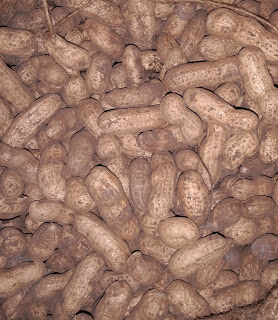Rice

BOTANICAL NAME - Oriza sativa L FAMILY : Poaceae (Gramineae) CHROMOZOME NO : 2n=24 (Diploid) Monocot Self pillinated Fibrous root Annual grass Semi aquatic plant Plants are about 1m tall ECONOMIC IMPORTANCE Rice is primarily a high energy food Rice production total 600 million tones in world India has the world largest area covering 45 million hectares with total production of 84 million tones annually. Rice grain contain carbohydrates, chiefly starch ( up to 75% ), little protein (about 7.5%) 2.2% fat, 0.8 celulose and 5.9 % Rice starch and protein (95.5%) is higher than other cereal grains. It is also a rich source of number of vitamins and minerals like vitamin D, fibre, niacin, thiamin, iron, etc. By product of rice i.e. Rice brain contain about 18 - 20 % oil which is rich source of protein and vitamins. Rice tain oil is used for cooking. HISTORY AND ORIGIN Rice has been cultivated since ancient times. this supported by archaeologi...



